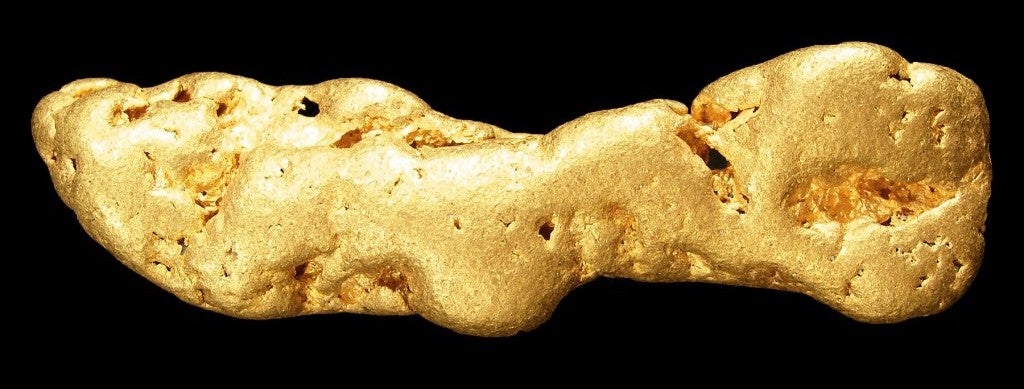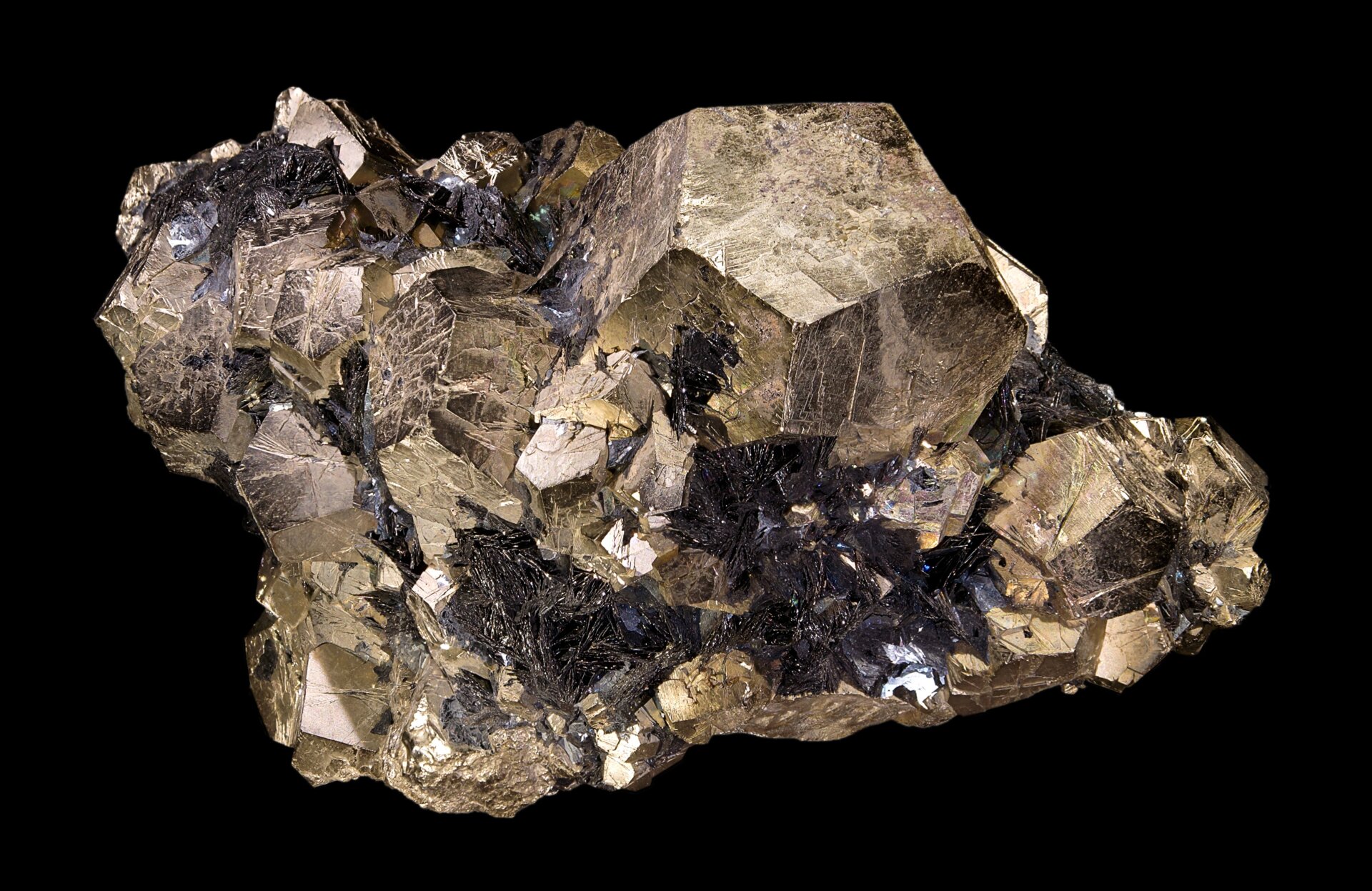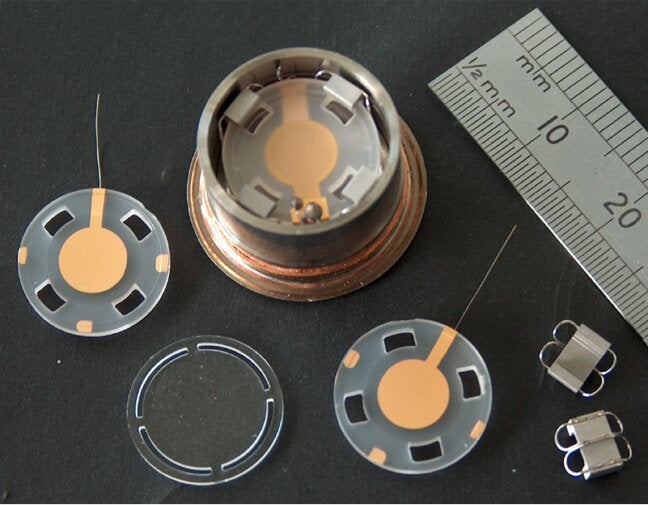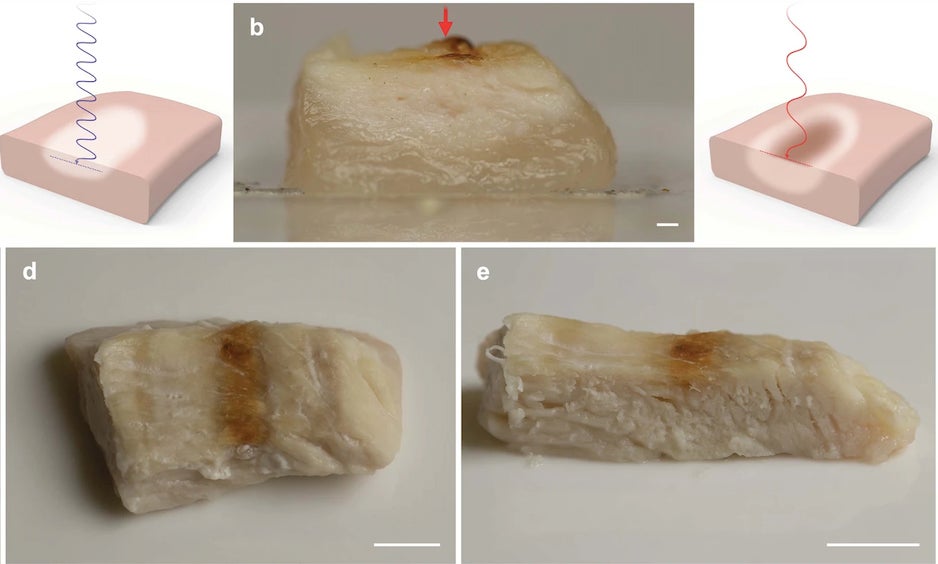Fool’s gold, also known as pyrite, may contain small amounts of real gold, according to a recent study by an Australian-Chinese research team. While this may sound promising for gold prospectors, extracting the trapped gold is likely more challenging than it’s worth.
To the experienced eye, the differences between pyrite and gold are readily apparent. Pyrite exhibits magnetic properties, while gold does not. Pyrite often forms striking geometric crystals, whereas gold typically appears as lustrous nuggets, shaped by external forces. Despite these distinctions, pyrite’s glittering allure has fooled many throughout history, even during the California Gold Rush.
This new research delves into the microscopic world of pyrite, revealing gold inclusions so minuscule they’re only visible using an atom probe. This instrument allows scientists to visualize objects at the atomic level, unveiling a previously unknown way gold hides within fool’s gold. The study, published in Geology, highlights the existence of “invisible” gold trapped within pyrite’s crystal defects.
 A gold nugget found in Alaska.A gold nugget found in Alaska. Image: Wikimedia Commons
A gold nugget found in Alaska.A gold nugget found in Alaska. Image: Wikimedia Commons
“Previously, gold extractors found gold in pyrite as nanoparticles or a pyrite-gold alloy,” explains Denis Fougerouse, a geologist at Curtin University and lead author of the study. “Our discovery shows gold can also reside in nanoscale crystal defects, a new form of ‘invisible’ gold.” The pyrite sample examined, collected from Jiangnan, China, formed roughly a billion years ago during the collision of the Yangtze and Cathaysia tectonic plates. Deep underground, under intense geological pressure, the pyrite developed imperfections in its crystalline structure known as dislocations. These incredibly small defects trap gold within the iron sulfide matrix of pyrite.
 A block of pyrite.The block of pyrite the team inspected. Image: Wikimedia Commons
A block of pyrite.The block of pyrite the team inspected. Image: Wikimedia Commons
Previously, it was thought gold and pyrite combined at different times, later becoming intertwined. This research suggests the two minerals can crystallize simultaneously. Fougerouse also suggests new methods might extract this trapped gold more efficiently than traditional reactor-based oxidation or smaller-scale smelting techniques.
This discovery further unravels the mysteries of pyrite, revealing secrets hidden at the atomic level. While the “invisible” gold within fool’s gold might not lead to a new gold rush, it offers valuable insights into geological processes and potential avenues for future gold extraction techniques.
This research emphasizes that, while pyrite may fool the untrained eye, its composition can hold valuable scientific insights. The discovery of “invisible” gold within pyrite’s crystalline structure adds another layer to our understanding of this common mineral. While extracting this gold might not be economically viable now, it opens possibilities for future innovations in gold extraction technology.











